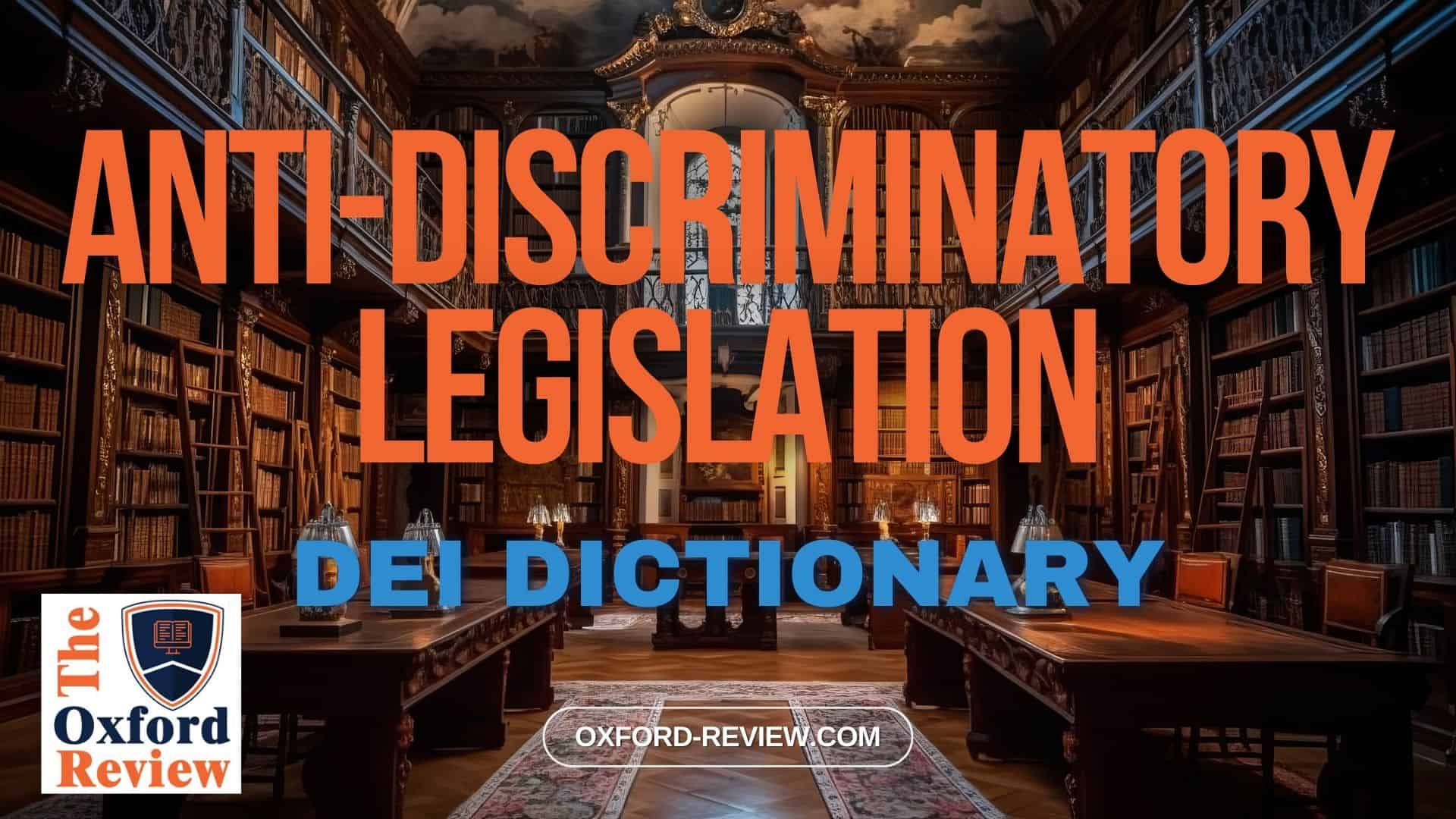Anti-Discriminatory Legislation – Definition and Explanation

Understanding Anti-Discriminatory Legislation: Definition and Examples
Anti-discriminatory legislation plays a pivotal role in promoting diversity, equity, and inclusion (DEI) within societies and workplaces.
Definition:
Anti-discriminatory legislation refers to laws and regulations implemented by governments to prohibit discrimination based on various factors such as race, gender, religion, disability, age, sexual orientation, or ethnicity. These laws aim to create fair and equal opportunities for all individuals, irrespective of their background or characteristics.
Importance:
- Promoting Equality: Anti-discriminatory legislation ensures that everyone has equal access to employment, education, housing, and public services without facing discrimination or prejudice.
- Fostering Inclusion: By eliminating discriminatory practices, these laws foster a culture of inclusivity where individuals feel respected, valued, and included in all aspects of society.
- Protecting Human Rights: Anti-discriminatory legislation upholds fundamental human rights by safeguarding individuals from unfair treatment and discriminatory actions.
- Enhancing Diversity: By creating a level playing field, these laws encourage diversity by embracing the unique perspectives, experiences, and contributions of people from diverse backgrounds.
- Boosting Economic Growth: Inclusive environments, facilitated by anti-discriminatory legislation, promote innovation, creativity, and productivity, ultimately driving economic growth and prosperity.
Example:
One notable example of anti-discriminatory legislation is the Equality Act 2010 in the United Kingdom. Enacted to consolidate and strengthen previous anti-discrimination laws, this legislation protects individuals from discrimination based on characteristics such as age, disability, gender reassignment, marriage and civil partnership, pregnancy and maternity, race, religion or belief, sex, and sexual orientation. The Equality Act 2010 aims to promote equality of opportunity and foster good relations between different groups, contributing to a fairer and more inclusive society.
Conclusion:
In conclusion, anti-discriminatory legislation serves as a cornerstone in building inclusive societies and organisations where diversity is celebrated, and discrimination is condemned. By understanding its definition, significance, and real-life examples like the Equality Act 2010, we can collectively work towards creating a more equitable and just world for all.
References:
Bambra, C., & Pope, D. (2007). What are the effects of anti-discriminatory legislation on socioeconomic inequalities in the employment consequences of ill health and disability?. Journal of Epidemiology & Community Health, 61(5), 421-426. https://jech.bmj.com/content/61/5/421.short
Zabalza, A., & Tzannatos, Z. (1985). The effect of Britain’s anti-discriminatory legislation on relative pay and employment. The Economic Journal, 95(379), 679-699. https://academic.oup.com/ej/article-abstract/95/379/679/5190344?login=false
Be impressively well informed

Get the very latest research intelligence briefings, video research briefings, infographics and more sent direct to you as they are published
Be the most impressively well-informed and up-to-date person around...
